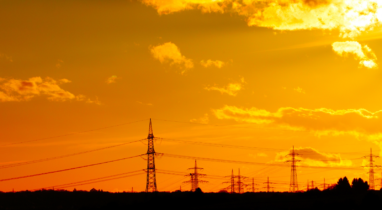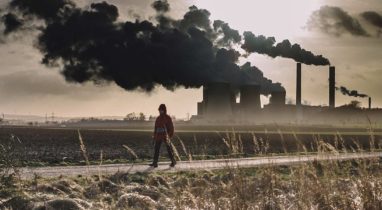Carbon contracts for difference face transparency and eligibility barriers that we need to overcome
Carbon contracts for difference help de-risk big low-carbon investments by guaranteeing the future value of carbon credits that projects depend on to generate revenue. They can help Canada compete for low-carbon investment. This article is an update on the current status of the federal government's carbon contracts for difference program.










